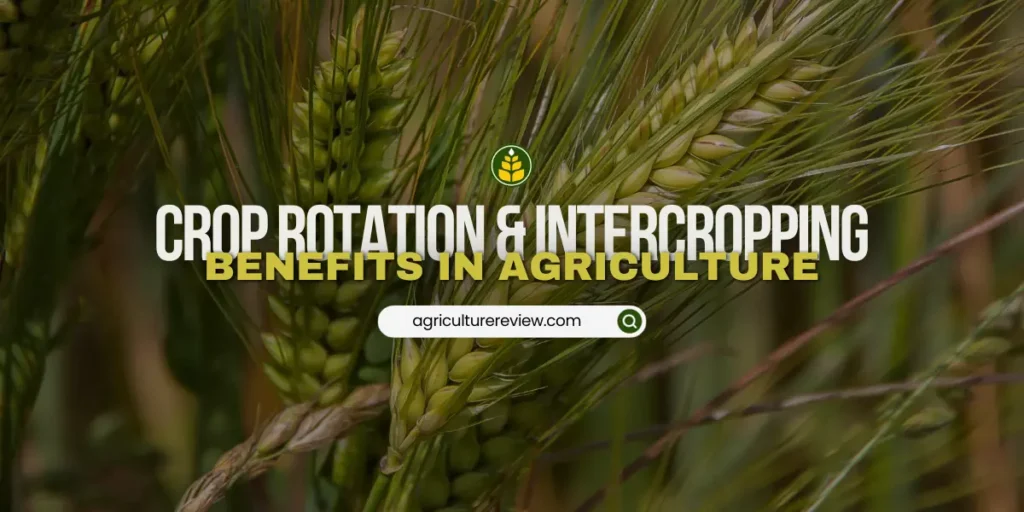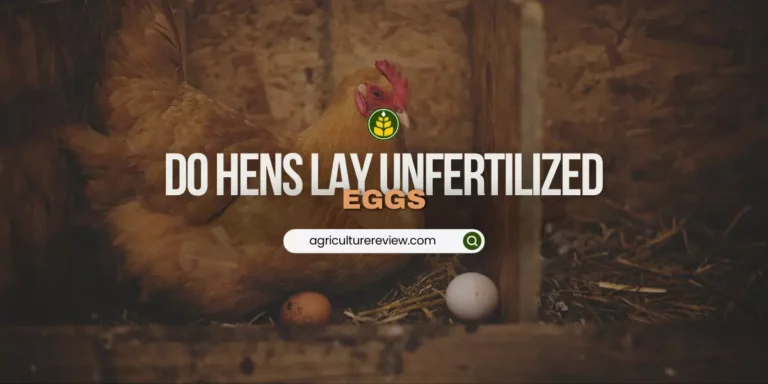Intercropping and Crop rotation have multiple advantages such as increased soil fertility, nutrients in the soil, water use efficiency, yield and natural weeds, pests and disease management and reduced soil erosion. These two agricultural practices are a part of the organic farming system which helps to increase sustainability.

Intercropping: It is a type of multiple cropping in which two or more crops are cultivated simultaneously on the same field. Not any crop can be grown together as intercrops, but they are specifically selected and complement each other. For example, in the United States, wheat, corn and soybeans are cultivated alternatively, six rows each to increase productivity.
Crop Rotation: It is the practice of growing different species of crops on the same field across a sequence of growing seasons to replenish nutrients, structure, and health of the soil. For example, sugarcane is a nitrogen-intensive crop, hence after harvesting sugarcane, farmers can plant beans to replenish lost nitrogen from the soil.
If you have any queries, ideas or suggestions, then please comment below. You can also connect with Agriculture Review on Facebook, Instagram, Koo and WhatsApp Messenger.





